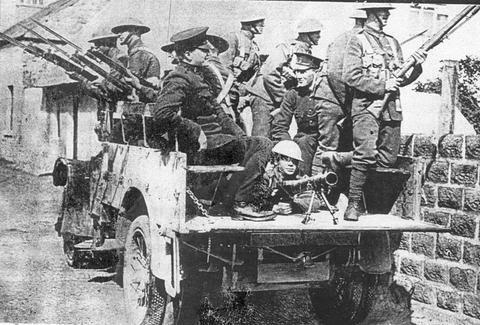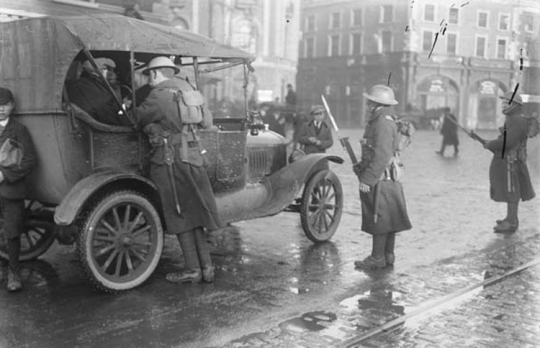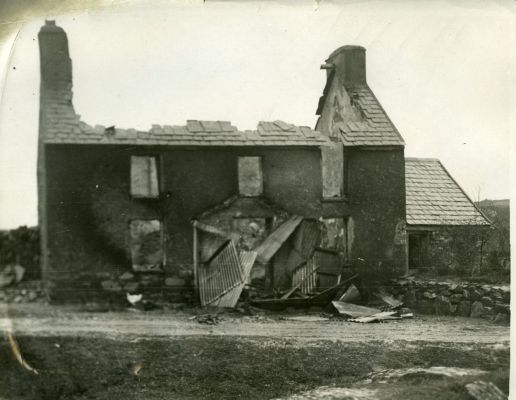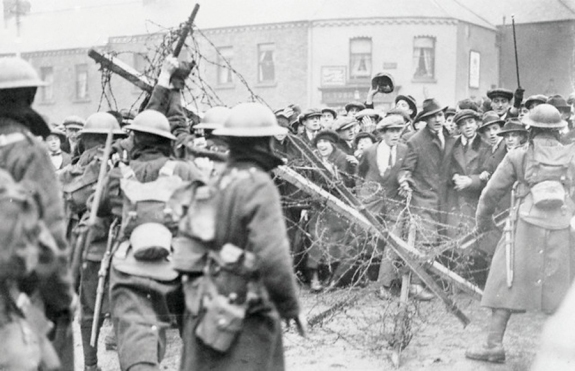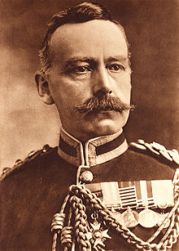 Is it better to be feared or loved, asked the wise Italian. Both are nice but, if one had to choose, fear should be prized over love, for men are fickle in their affections, while everyone thinks twice when the consequences are sufficiently dire. Machiavelli may have passed a harsh judgement on human nature, but the dilemma he presented was one the nascent Free State was forced to confront upon the shootings of Séan Hales and Pádraic Ó Máille on the 7th December 1922, resulting in the death of the former and the wounding of the latter.
Is it better to be feared or loved, asked the wise Italian. Both are nice but, if one had to choose, fear should be prized over love, for men are fickle in their affections, while everyone thinks twice when the consequences are sufficiently dire. Machiavelli may have passed a harsh judgement on human nature, but the dilemma he presented was one the nascent Free State was forced to confront upon the shootings of Séan Hales and Pádraic Ó Máille on the 7th December 1922, resulting in the death of the former and the wounding of the latter.
Both were TDs in the Dáil, with Ó Máille being no less its Deputy Speaker, and yet their ambush had been committed in broad daylight on a public street as part of a “carefully laid plan to annihilate this government,” announced Eoin MacNeill to the Dáil. It was a strong statement but, then, the Executive Council of the government in question, to which MacNeill belonged, was in a defensive mood, having just ordered the deaths of four imprisoned men in response.

Rory O’Connor, Liam Mellows, Joe McKelvey and Dick Barrett had been woken in their cells, briskly informed of their impending sentence and then taken out into the yard of Mountjoy Prison where a firing-squad did the rest. All four had been part of an armed campaign against the Free State but, while war is hell, “from a legal perspective,” writes historian Séan Enright:
…these men were executed without trial for acts committed by others…The new state was barely two days old and the Constitution guaranteed life, liberty, freedom of conscience and due process or at least trial by military court.

Such requirements the Executive Council had manifestly failed to uphold. Nonetheless, the reprisals had their desired result. Save for a couple of ineffectual pot-shots, there were no further assassination attempts on TDs of the Free State. “Is there no alternative?” Kevin O’Higgins had asked when the Council met to sign off on the executions. ‘No’ had been the answer.
Still, these four executions were the exception, not the rule, for the Free State was generally careful in ensuring that its death penalties fitted within the framework of the law. Which law, however, was a tricky question in itself.
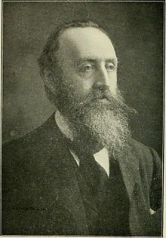
Until the Irish Free State came officially into being on the 6th December 1922, the Provisional Government was obliged to rely on British legislation to fill the legal gap – except when that would be inconvenient, such as Count Plunkett bringing forward a claim of habeas corpus on behalf of his son, who was one of the anti-Treaty prisoners taken at the Four Courts in July 1922.
Judge Diarmuid Crowley deemed it satisfactory and issued a writ which threatened to set a precedence for every POW to be set free. Instead, Crowley found himself arrested and detained at Wellington Barracks, in a cell next to one where another prisoner was being subjected to, ahem, ‘enhanced interrogation’.
This was not the end of habeas corpus as a legal recourse: solicitors for Erskine Childers attempted it in a bid to avert his imminent execution, but Sir Charles O’Connor, as Master of the Rolls, simply brushed it aside on the grounds of the common good. “Suprema lex, salus populi must be the guiding principle when the civil law has failed,” Sir Charles ruled:
Force then becomes the only remedy, and to those whom the task is committed must be the sole judge of how it should be exercised…the salvation of the country depends upon it.

Childers had no one to blame but himself, Sir Charles continued, with his recourse to civil law being hypocritical given how such “jurisdiction is ousted by the state of war which he himself has helped to procure.” Sir Charles did not speak lightly; after all, the hearing was being held in the King’s Inns because the usual site of the Four Courts lay in ruins thanks to the war in question.
Ironically, Sir Charles had defeated an earlier regime by use of habeas corpus when, shortly after the Truce of 1921, he issued such a writ on behalf of an Irish Republican Army (IRA) prisoner due to be shot under British martial law. When this was refused, Sir Charles went further and issued another writ, this time for the arrest of the army generals accountable.
The military gave way and released the prisoner, a precedence that looked to unravel its counter-insurgency strategy should war resume. The Irish Provisional Government was clearly not going to risk the same thing happening on its watch, as Sir Charles shrewdly – if perhaps cynically – understood. He was an old legal face in a new system playing by new rules.
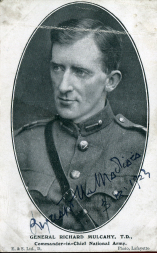 The Free State was thus cherry-picking which laws were opportune to apply while ignoring the rest. As always, cruel necessity was its defence. When presenting to the Dáil the case for establishing military courts with the power of life and death over POWs, Richard Mulcahy pointed to a couple of incidents where his soldiers had shot anti-Treaty captives out of hand.
The Free State was thus cherry-picking which laws were opportune to apply while ignoring the rest. As always, cruel necessity was its defence. When presenting to the Dáil the case for establishing military courts with the power of life and death over POWs, Richard Mulcahy pointed to a couple of incidents where his soldiers had shot anti-Treaty captives out of hand.
Legalise, was his argument, for it is going to happen anyway in one form or another.
Much of this will be familiar to historians of the period, but Enright shines a torch on the legal aspects, making his readers see the topic in a new light: more than just another war but the struggle by one side to establish itself as the rule of law, by using the rule of law, even if it meant twisting the rules and discarding the law at will. How this will be addressed in the forthcoming centenary remains to be seen but, in any case, it was by these means that the Free State triumphed, albeit bloodily, not to say questionably as even the victors were aware.

The challenges of researching the conflict, as Enright observes, includes the paucity of reliable sources, due in no small part to the burning of sensitive documents just before Fianna Fáil took office in 1932. Succeeding in the Civil War did not prevent its winners from being voted out almost a decade later in favour of the losers, one of the many ironies of the times and which Machiavelli might have appreciated. Men, after all, are fickle in their affections.
Publisher’s Website: Irish Academic Press

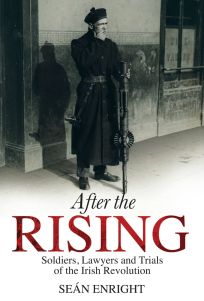 Thomas Traynor was charged with murder on the 6th April 1921 in Dublin City Hall by a military court. A small, wiry man of about forty with a long, black moustache that gave him a mournful appearance, Traynor had been apprehended at 144 Brunswick Street, the scene of an ambush on a British Army patrol that resulted in the death of two cadets. The fleeing Traynor had been rugby-tackled to the ground by a lieutenant who reported that Traynor had shouted: “God’s sake, shoot me now.” Later he had told another of his captors: “I am only a soldier like yourself.”
Thomas Traynor was charged with murder on the 6th April 1921 in Dublin City Hall by a military court. A small, wiry man of about forty with a long, black moustache that gave him a mournful appearance, Traynor had been apprehended at 144 Brunswick Street, the scene of an ambush on a British Army patrol that resulted in the death of two cadets. The fleeing Traynor had been rugby-tackled to the ground by a lieutenant who reported that Traynor had shouted: “God’s sake, shoot me now.” Later he had told another of his captors: “I am only a soldier like yourself.”